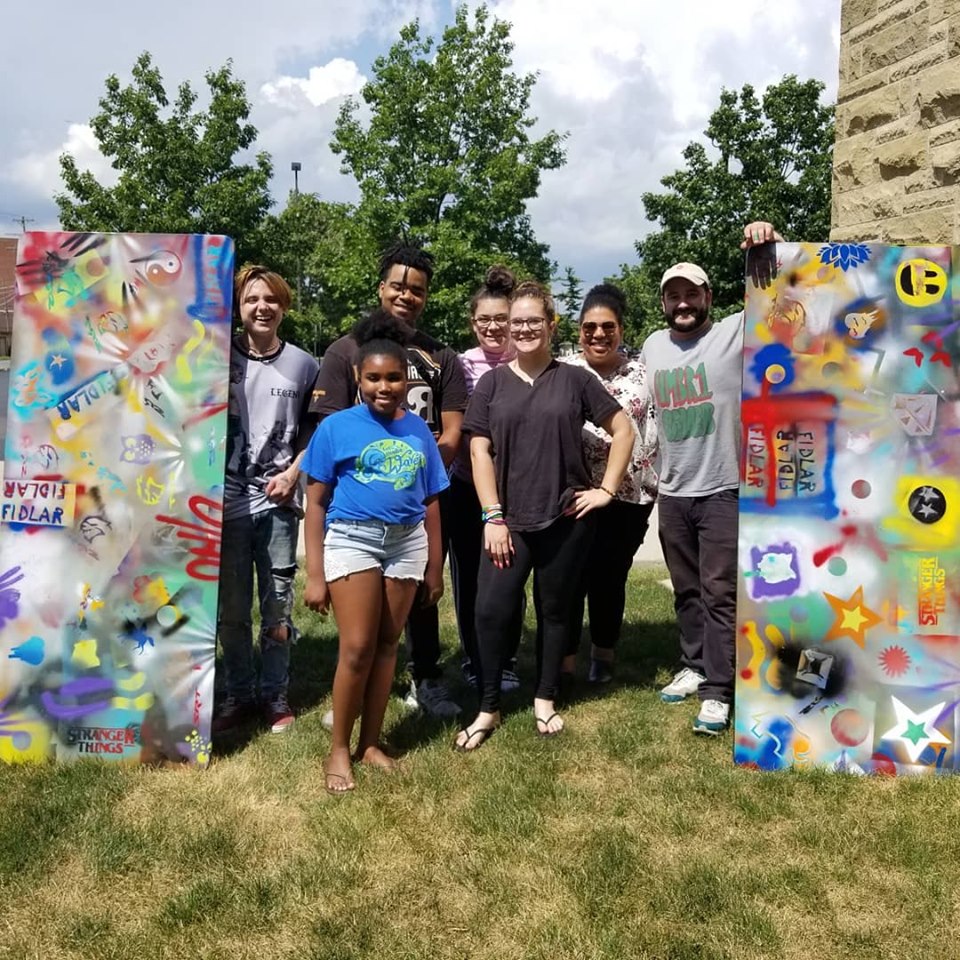A new high school in Columbus, Ohio, is prepping for its grand opening this September as it helps teens who have been dealing with drug addiction learn in a safe environment while they recover.
The idea is that students struggling with addiction have a better chance of staying on track — both academically and in their recovery — in a more intimate setting surrounded by students with similar challenges and people looking out for them.
To be eligible to attend Heartland, teens must have completed a recovery program and be ready to go back to high school and earn a diploma.
Each day includes time for mindfulness, when students reflect on emotions and impulses. They also discuss recovery strategies and life skills, from health and nutrition to job interviews, often with guest speakers.
Heartland is one of fewer than 50 recovery schools across the country, so it was exciting to see one coming to the Columbus, OH area.
During our chat, Paige emphasized that peer support and access to recovery resources are vital ingredients to the Heartland School. Heartland is education first, but they are also focused on all things mental health.
Jennifer also spent some time talking about the importance of peer support. “We live off our peers, no matter how old we are, “ Jennifer pointed out.
When Jennifer was in school and suffering from substance abuse issues, schools like Heartland didn’t exist and it made it really hard to keep up with any recovery efforts.
Here is a crazy but true fact: The National Institute on Drug Abuse said that nearly all students returning to their old schools after treatment reported being offered drugs on the first day back.
The FIRST day back.
That is exactly why Heartland provides a safe environment where peers are around “positive peer pressure.” “We’re not bad people trying to get good; we are sick people trying to get well” is a mantra at the school.
In addition to peer support within the school, Heartland also tries to connect students to community members and organizations that are involved in various aspects of wellness.
Jennifer says their goal is not to put a band aid on a bullet wound, but to take the bullet out. When teens relapse, the Heartland team tries to figure out why and teach teens new coping skills, because no one wants to fall into patterns of addiction.
On Addiction:
Addiction is not a choice. Paige knows that firsthand.
About 11 years ago, Paige’s life changed forever when her best friend began using heroin. A few years later, a childhood friend lost his battle to addiction. She was drawn to the field of clinical psychology because of the complicated nature of addiction.
Though I’m grossly simplifying her explanation of addiction, when you start introducing substances into your body, your dopamine threshold keeps increasing. It basically starts screaming at you to give it “more! more! more!”
It can be really hard to control those impulses when it comes to addiction. It’s not just a behavioral issue; quite often, it involves our genetics.
Think about it: no one ever makes a conscious decision “Hey, this would be a great time to lose my job, my finances, and my peace of mind….” It is a lot more complicated than telling an anorexic to stop starving themselves or telling an alcoholic to stop drinking. There is a lot of complex science behind addiction, as Paige pointed out.
On Recovery:
Jennifer is in long term recovery, and for her, the anonymity of recovery led to a feeling of shame. She is about “recovering out loud” which means that her battles can’t stay a secret. She wants to normalize recovery the same way we have normalized diabetes and high blood pressure, so we can stop the misguided comments of “you brought it on yourself.”
The more people that recover out loud, the less stigma will persist around addiction and mental health. Both Paige and Jennifer talked a lot about normalizing recovery and recovering out loud.
Recovering out loud, or just living out loud, is something we can all try to do, no matter what phase of life we are in.


